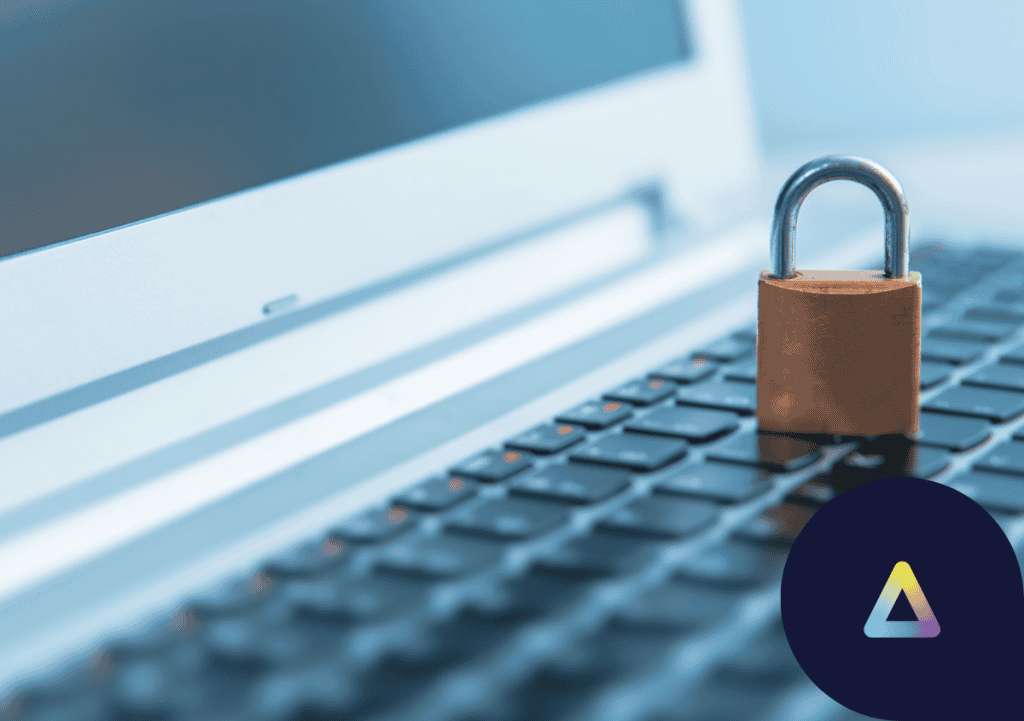Endpoint security plays a crucial role in data protection and, specifically, defense against breaches due to the inherent vulnerability endpoints pose as the first point of contact for malicious actors; endpoint security policy must be robust.
At the heart of robust endpoint security lies device lockdown — a fundamental practice that helps protect devices against unauthorized access, incorrect usage, data leakage, and more.
What is Device Lockdown?
Device lockdown involves implementing stringent controls and restrictions on endpoint devices to limit their functionalities and access. It aims to minimize the attack surface by preventing users and external actors from accessing resources outside the approved IT scope.
Why is Device Lockdown Essential?
Prevention of Data Breaches
Device lockdown prevents unauthorized and uncontrolled access to sensitive data or access to malicious files or actors. It reduces the likelihood of breaches caused by hacking or data leakage.
Protection Against Malware
By restricting the execution of unapproved applications and controlling device connectivity, device lockdown mitigates the risk of malware infections, ransomware attacks, and other methods malicious actors may use. For example, most lockdown policies restrict file downloads outside trusted sites. This is to prevent the introduction of a malicious executable to the corporate environment.
Compliance Requirements
Many industry regulations and data protection laws mandate robust security measures, including device lockdown, to ensure the confidentiality and protection of sensitive information. PCI DSS is an example of a compliance requirement where a device lockdown is expected.
Enhanced Productivity
While security measures may sometimes be perceived as hindrances to productivity, effective device lockdown actually fosters a secure and stable computing environment, enabling users to focus on their tasks without disruption from other non-work-related activities or applications.
Best Practices for Implementing Device Lockdown
User restriction
Restricting users is often the baseline of endpoint lockdown strategy. Despite the negative connotations of restriction, it is one of the best ways to ensure users do not accidentally (or intentionally) introduce harmful actors into a corporate environment or leak data outside of the organization.
Application Blocking
By allowing only approved applications to run and blocking unauthorized ones, organizations can prevent the execution of malicious software and maintain security and control over the endpoint environment. The most common way to do this is to implement whitelisting or blacklisting policies on applications.
Hardware Management
Managing and controlling the use of peripheral devices like USB drives, external hard drives, and printers mitigate the risk of data exfiltration or the introduction of malware through these channels. Most endpoint lockdown policies involve restricting one or more of these peripherals in some way.
Network Controls
Implementing firewall rules, enforcing VPN usage, and restricting which types of networks can be connected helps safeguard devices against network-based attacks and unauthorized access attempts.
Patch Management
Regularly applying security patches and updates to the operating system and installed applications is crucial for addressing vulnerabilities and keeping devices resilient against emerging threats. This is typically enforced in lockdown policies and is a critical component in overall endpoint security.
Conclusion
Device lockdown serves as the cornerstone of effective endpoint security, providing a vital layer of defense against and control. By implementing robust restriction policies, application control, and other security measures, organizations can safeguard their endpoints, protect sensitive data, and mitigate the risk of security breaches.



